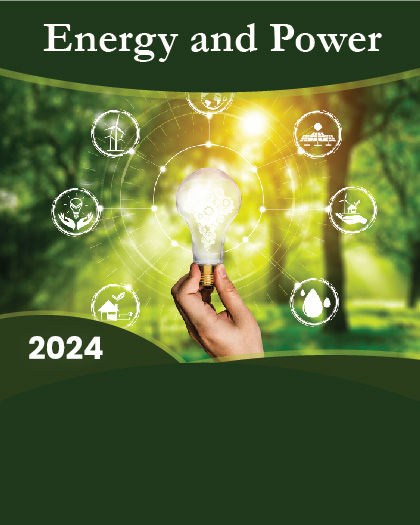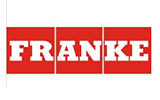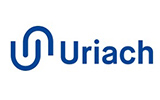
The global floating wind turbine market was valued at $3.2 billion in 2019, and is projected to reach $30.6 billion by 2027, growing at a CAGR of 32.5% from 2020 to 2027.
Floating wind turbine is a type of offshore turbine which is mounted on a floating structure. Due to floating structure, it can generate electricity in deep water which is not feasible with fixed offshore turbines. The floating wind turbine design is majorly based on spar-buoy and semisubmersible floaters. Spar-buoy design is supported by gravity and semisubmersible design depends on buoyancy. Such type of wind turbine is effective in deep water where the turbine is moored to the seabed with the help of mooring lines and anchors.
Proliferating demand for renewable power source and growing concern from government regarding zero emission of carbon is anticipated to drive the market growth. Power generation through floating wind turbine can significantly reduce carbon emission unlike conventional power sources. Furthermore, floating structure of wind turbine removes the water depth constraint while choosing site for wind power plant. Additionally, average wind speed is higher and more consistent at shore which further improves capacity factor of floating wind turbine than that of other onshore wind turbines. Moreover, floating design increases big operations, such as maintenance, repair, and installation, which further improves economic activities supporting job growth in ports. However, during heavy storms or hurricanes, the wind turbine may face severe damage. Nonetheless, technological advancements in wind turbine structure, such as "Twisted Jacket" foundation with fewer nodes and components may create further opportunities in the market.
The global floating wind turbine market is segmented on the basis of foundation and depth. On the basis of foundation, it is divided into spar-buoy, semi-submersible, and others. Spar-buoy segment accounted for significant market share, owing to simple structure and easy installation process. Based on depth, it is categorized into shallow water (less than 60 meter depth) and deep water (higher than 60 meter depth). Deep water segment accounted for significant revenue share. The installation of deep water turbine offers large area which improves capacity factor of wind turbine. Region-wise, it is analyzed across North America, Europe, Asia-Pacific, and LAMEA, with country level analysis of each region.
Major players have adopted product launch, business expansion, and acquisition to sustain the intense market competition. The key players profiled in the report include Siemens Gamesa Renewable, MHI Vestas Offshore Wind, Senvion SA, ABB group, GE Renewable Energy, and NORDEX SE.
COVID-19 scenario analysis:
- The Covid-19 pandemic severely impacted the wind turbine manufacturing in countries like China, Germany.
- Additionally, planned maintenance became a major issue for industry players, owing to reduced labor force and social distancing norms.
- Furthermore, large number of project delays and cancellation of orders across the globe further affected the key markets for both blade production and wind turbine installations.
- For instance, the normal time period for project completion is around 6-9 months. But, due to unavailability of labor force and permitting delays, most of these projects are at standstill position which negatively affected the market growth.
- However, shifting trend towards domestic manufacturing and low dependency on foreign imports may improve the market scenario.
- Furthermore, implementation of digitization will aid in remote monitoring for project execution; thus, limiting the labor force on site.
Key benefits for stakeholders:
- The global floating wind turbine market analysis covers in-depth information of major industry participants.
- Porter's five forces analysis helps to analyze the potential of buyers & suppliers and the competitive scenario of the industry for strategy building.
- Major countries have been mapped according to their individual revenue contribution to the regional market.
- The report provides in-depth analysis of the global floating wind turbine market for the period 2020-2027.
- The report outlines the current global floating wind turbine market trends and future estimations of the global floating wind turbine market from 2019 to 2027 to understand the prevailing opportunities and potential investment pockets.
- Key drivers, restraints, & opportunities and their detailed impact analysis of the global floating wind turbine market are explained in the study.
Key market segments
- By Foundation
- Spar-buoy
- Semi-submersible
- Others
- By Depth
- Shallow Water (less than 60 m Depth)
- Deep Water (higher than 60 m Depth)
- By Region
- North America
o U.S.
o Canada
o Mexico
- Europe
o UK
o Germany
o Belgium
o Denmark
o Netherland
o Rest of Europe
- Asia-Pacific
o China
o South Korea
o Rest of Asia-Pacific
- LAMEA
o Brazil
o Egypt
o South Africa
o Kenya
o Rest of LAMEA
























